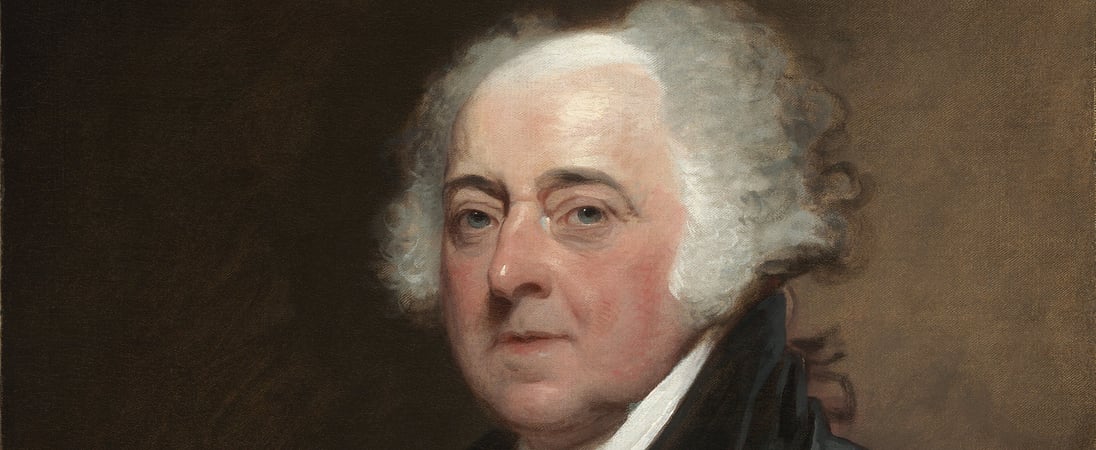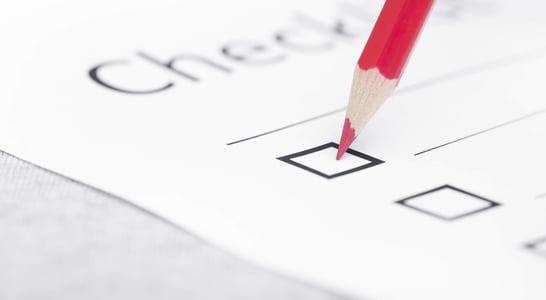
John Adams' birthday
John Adams, born on October 30, 1735, was a key figure in American history. He worked hard for the country’s independence and later became the 2nd President of the United States. Adams was known for his strong beliefs and efforts in shaping the young nation. His life was full of important roles, from diplomat to leader, making a lasting impact on the United States.
John Adams’s Early Years and Learning
John Adams was born in Braintree, Massachusetts, into a modest family. His father, also named John, was a farmer and a deacon. His mother, Susanna Boylston Adams, came from a family of medical professionals. Young Adams grew up in a house full of love and strict discipline. He spent much of his childhood playing and exploring the fields and forests around his home.
Adams’ education started early. He was a bright student, eager to learn. At age six, he began attending a local school where he quickly showed a talent for reading and writing. His father had big dreams for him, envisioning a future in the ministry. To prepare for this, Adams entered Harvard College at just sixteen. There, he studied hard, diving into classics, science, and philosophy. He graduated in 1755, filled with knowledge and ready to face the world.
Adams’ college years shaped his thinking. He met people from different backgrounds, which broadened his views. His love for law and justice also began to grow during this time. These early experiences laid the foundation for his future leadership and presidential role.
John Adams’s Life of Achievement
John Adams’ journey to success began with his passion for law. After college, he quickly made a name for himself as a respected lawyer. His sharp mind and strong arguments won many cases. This led him to the core of the growing tension between America and Britain.
Adams became a vocal leader in the fight for independence. He argued fiercely for American rights. His words inspired many and played a big part in the birth of the United States. In 1776, he helped draft the Declaration of Independence, a key historical moment.
His achievements didn’t stop there. Adams served as a diplomat in Europe, where he worked tirelessly. He helped secure crucial support from France during the Revolutionary War. His efforts were vital in America’s struggle for freedom.
In 1789, Adams became the first Vice President of the United States, serving under George Washington. His role was challenging, but he tackled it with dedication. Then, in 1797, he reached the pinnacle of his career by becoming the second President. His presidency was marked by efforts to keep the young nation peaceful and stable.
Adams retired from politics in 1801. But his influence continued. He left behind a legacy of leadership and commitment to justice. His work helped shape the United States into the country it is today.
Interesting Facts About John Adams
Fluent in Multiple Languages: Besides English, Adams was fluent in Latin and French. He also had some knowledge of Greek and Dutch, showcasing his love for languages and diverse cultures.
Avid Letter Writer: Adams and his wife, Abigail, exchanged over 1,000 letters throughout their marriage. These letters give a unique view into their personal lives, and the times they lived in.
Passionate Farmer: Even during his political career, Adams remained dedicated to farming. He often referred to farming as his real profession.
Deep Friendship with Jefferson: After initially being political rivals, Adams developed a deep friendship with Thomas Jefferson. Their extensive correspondence is famous for its intellectual depth and breadth.
First President to Live in the White House: Adams was the first President to reside in the White House, moving in while it was still unfinished in 1800.
Lifelong Learner: Adams continued to read and educate himself throughout his life. His library contained over 3,000 books.
A Family of Leaders: His son, John Quincy Adams, followed in his footsteps to become the sixth President of the United States, making them the first father-son duo to both hold the presidency.
Also on this date...
National Candy Corn Day
As fall approaches, you can find candy corn everywhere, and their sugary sweetness is a beloved guilty pleasure for many.
National Text Your Ex Day
Sometimes, late at night, that tiny keyboard feels like a time machine to revisit old chapters or maybe even start a new one.
National Checklist Day
Stay organized and conquer tasks with a secret weapon that ensures nothing slips through the cracks. Unlock the power of checklists and boost productivity!




